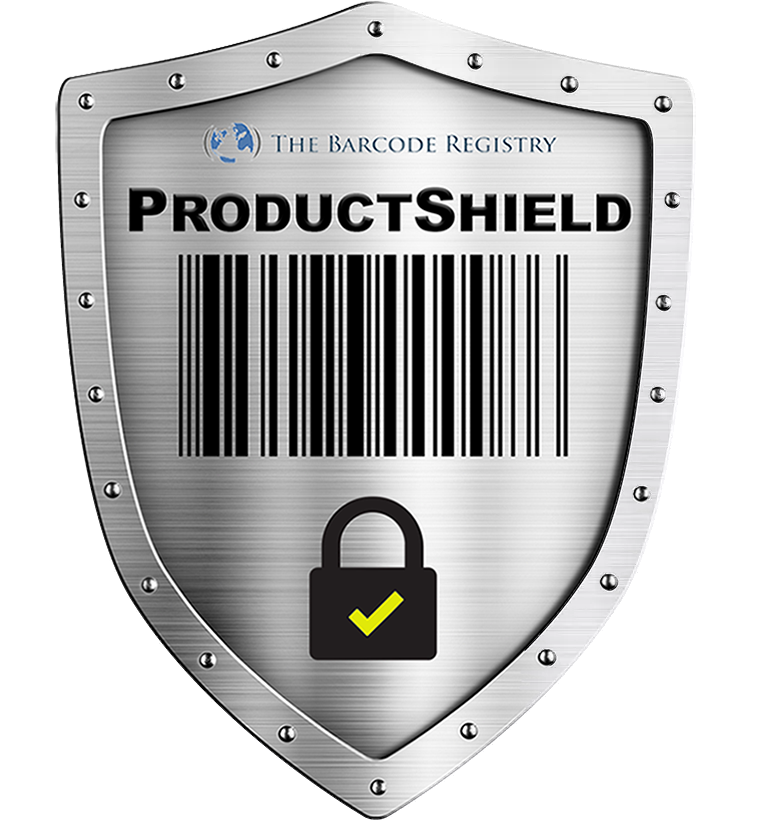Navigating the World of Barcodes from GTIN to ISBN
In the ever-evolving landscape of retail and online commerce, understanding the complexities of product identification is crucial. Barcodes, in their various forms, play a pivotal role in this domain. Two of the most commonly used types of barcodes are the Global Trade Item Number (GTIN) and the International Standard Book Number (ISBN). This article aims to demystify these key components of product identification and tracking, providing a clear guide for businesses and individuals navigating the world of barcodes.
Understanding GTIN: The Backbone of Global Trade
GTIN, or Global Trade Item Number, is an internationally recognized system for identifying products. It's a unique numerical sequence that helps track and manage products in the supply chain across different countries and companies. GTINs come in different lengths – GTIN-8, GTIN-12, GTIN-13, and GTIN-14 – each tailored to various packaging levels and geographical requirements.
GTINs are indispensable in the global marketplace. They enhance supply chain management efficiency, simplify online and offline selling, and are crucial for listing products on major e-commerce platforms like Amazon, eBay, and Google Shopping. By using GTINs, businesses ensure accurate product identification, streamlined inventory management, and improved customer satisfaction through better tracking and fulfillment processes.
ISBN: The Standard for Book Identification
The International Standard Book Number (ISBN) is a specialized type of barcode used exclusively for identifying books and related publications. This 13-digit number (previously 10 digits before 2007) is unique to each edition and variation (except reprints) of a book. The ISBN is divided into five parts: the prefix element, registration group, registrant, publication, and check digit, each providing specific information about the book.
ISBNs are crucial for authors, publishers, and retailers. They facilitate the efficient marketing and distribution of books, making it easier to manage inventory, track sales, and organize book databases in libraries and bookstores. For self-publishing authors, obtaining an ISBN is a key step in ensuring their book is accessible globally.
GTIN vs. ISBN: Understanding the Differences
While both GTIN and ISBN are integral to product and publication identification, they serve different purposes. GTIN is a broad system used across various products globally, while ISBN is specifically designed for books and related publications. A key distinction is that while all ISBNs are GTINs (specifically GTIN-13), not all GTINs are ISBNs.
Selecting the right barcode depends on the nature of your product and market requirements. For most retail products, a GTIN is necessary, especially if selling on major e-commerce platforms. An ISBN is non-negotiable for books to achieve proper distribution and sales tracking.
GTINs can be obtained through local GS1 organizations, which provide unique numbers that are then translated into barcodes. For ISBNs, publishers or self-publishing authors can acquire them from the ISBN agency in their country, ensuring their publications are recognized worldwide.
In conclusion, understanding and implementing barcodes, from GTIN to ISBN, is a crucial step in the journey of any business in the retail or publishing industry. By choosing Buy a Barcode (buyabarcode.com) for your barcode needs, you are opting for a service that promises ease, efficiency, and reliability. This choice simplifies a critical aspect of your business operations and positions your products for greater visibility and success in today’s competitive market. Visit www.buyabarcode.com to begin your journey towards streamlined product identification and enhanced market presence.
